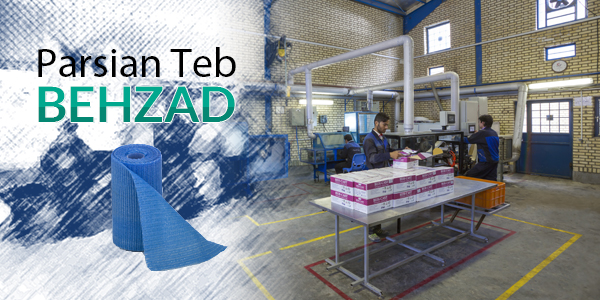Compared with triangular osteosynthesis fixation, a new two-transsacral-screw fixation technique for vertically unstable cadaveric pelvic fractures was shown to be a viable alternative that provides biplanar stability, according to study findings.
Kyong S. Min, MD, and colleagues analyzed 10 fresh-frozen cadaveric pelvises, each consisting of an intact sacrum, bilateral ilium and vertebral levels L3 to L5. The pelvises were assigned to one of two groups, receiving either triangular osteosynthesis or two-transsacral-screw fixation. Both groups consists of three women and two men.
The specimens in both groups were loaded cyclically and then loaded to failure, and the researchers then measured rotation and translation.
When the results were analyzed, Min and colleagues found the two-transsacral-screw pelvic fixation treatment provided significantly greater stiffness compared with the triangular osteosynthesis fixation group. However, ultimate load and rotational stiffness were not found to be statistically significantly better, according to the researchers.
Overall, the two-transsacral-screw fixation technique demonstrated a comparable biomechanical stability profile for translation and rotation compared with triangular osteosynthesis and should be considered as an alternative method for repair, the researchers concluded.



















